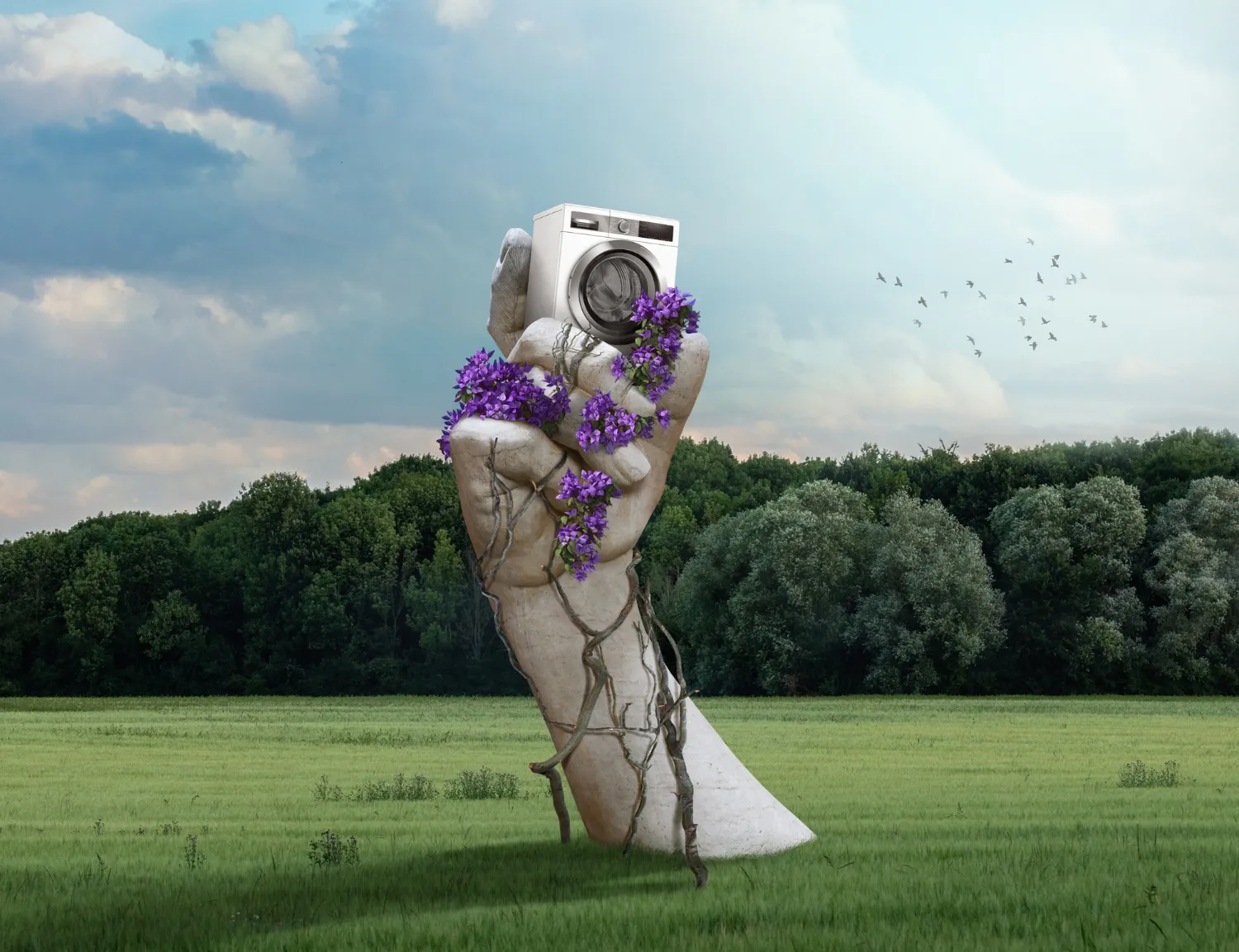Unlock Your Potential: 6 Ways Technology is Reshaping The Artistic World

Art and technology have reshaped our world. With experiments and new inventions, the world keeps making room for fresh rules.
Governed by logic, scientific, virtual, and unique aesthetics, technology changes our perception of art and creativity. This creativeness is more reflective in our present time.
Here are six ways various advancements in technology are reshaping the world.
Digital Art and Mixed Media
Digital technology has ushered in a new era of artistic creation. Digital art, encompassing various forms like digital painting, 3D modeling, and graphic design, has become increasingly popular.
Artists now have access to a plethora of digital tools and software that enable them to experiment with colors, textures, and forms in ways that were once unimaginable.
Evolving technologies and sophisticated software tools like Procreate propel the digital art revolution. Artists wielding a MacBook can harness the power of Procreate, seamlessly blending traditional and digital mediums.
For those wondering, can you use Procreate on Macbook? The answer is a resounding yes. Procreate's intuitive interface and robust features give artists an expansive canvas for their imagination.
This fusion of old and new mediums challenges artistic boundaries and opens up possibilities for dynamic storytelling and interactive installations.
A Digital Art Making Tool
With technological advancements, there is always a place for artists to express themselves. Technology offers artists various new and exciting ways to explore their capabilities. In recent years, video and digital art have become more popular, with artists using these mediums to create innovative works.
As seen by, Eric Standley, he uses lasers to cut paper, therefore making stained glass-like art pieces. In another example, Jackson Pollock created a method of drizzling paint into a 200-gallon fish tank, resulting in spectacular effects, after which he took pictures of the chemical reaction.
AI and Generative Art
Artificial intelligence has become a powerful tool for artists, giving rise to a genre known as generative art. Using algorithms and machine learning, artists can create artworks that evolve, adapt, and respond to various stimuli.
AI algorithms can generate intricate patterns, unique compositions, and dynamic visuals, often producing results that surprise the creators.
Generative art challenges traditional notions of authorship, as the artist collaborates with the algorithm in the creative process. This symbiotic relationship between human creativity and machine intelligence opens up exciting possibilities for the future of artistic expression.
Expanding Access to Art
Art has always been a kind of exclusive club. Getting their works into galleries sometimes proves very difficult for new artists. If you are not rich, seeing or purchasing art is a change. But, with technology like blockchain and cryptocurrencies, the art marketplace is gradually democratized. This is what technology is doing for the art world.
Maecenas, the world's first investment blockchain-based platform, allows individuals to buy shares of a piece of art. Investing in art becomes more affordable since you don't need to buy an entire piece.
With Maecenas only charging 2%, less than what many auctioneers charge, you can expect high inclusivity. In this same vein, many galleries, including online galleries, now accept cryptocurrency payments.
Blockchain and Digital Ownership
Blockchain technology has introduced a revolutionary concept in art – digital ownership and provenance. Through blockchain-based platforms, artists can tokenize their digital artworks, creating unique certificates of authenticity.
This ensures the originality of the work and allows artists to retain control over their creations in the digital realm. Blockchain also facilitates transparent and secure transactions in the art market, eliminating the need for intermediaries.
Smart contracts automatically enable artists to receive royalties whenever their digital artworks are sold or used. This decentralized and transparent approach to digital ownership is reshaping the art market dynamics.
It does this by providing more autonomy to artists and fostering a more equitable value distribution.
Tech Helps Individuals Enjoy Art
Many galleries and museums now use technology to help individuals appreciate art. Inventions like virtual tour guides are paving the way for this potential. These applications include audio tours, interactive maps, and exhibit videos. And more.
In Brazil, a mobile application uses artificial intelligence by IBM Watson to answer tourist/visitor questions. Additionally, an app, Smartify, now allows individual scan art to get more information.
Wrapping Up
Technology continues to be a driving force in reshaping the artistic world, providing artists with tools and platforms to unlock their full creative potential. From the digital realm to virtual spaces and the integration of AI, technology is expanding the boundaries of artistic expression.
As we embrace these innovations, we witness a democratization of art, where creativity knows no bounds, and artists can connect with global audiences in unprecedented ways.
The future promises even more exciting developments as technology and art evolve hand in hand.